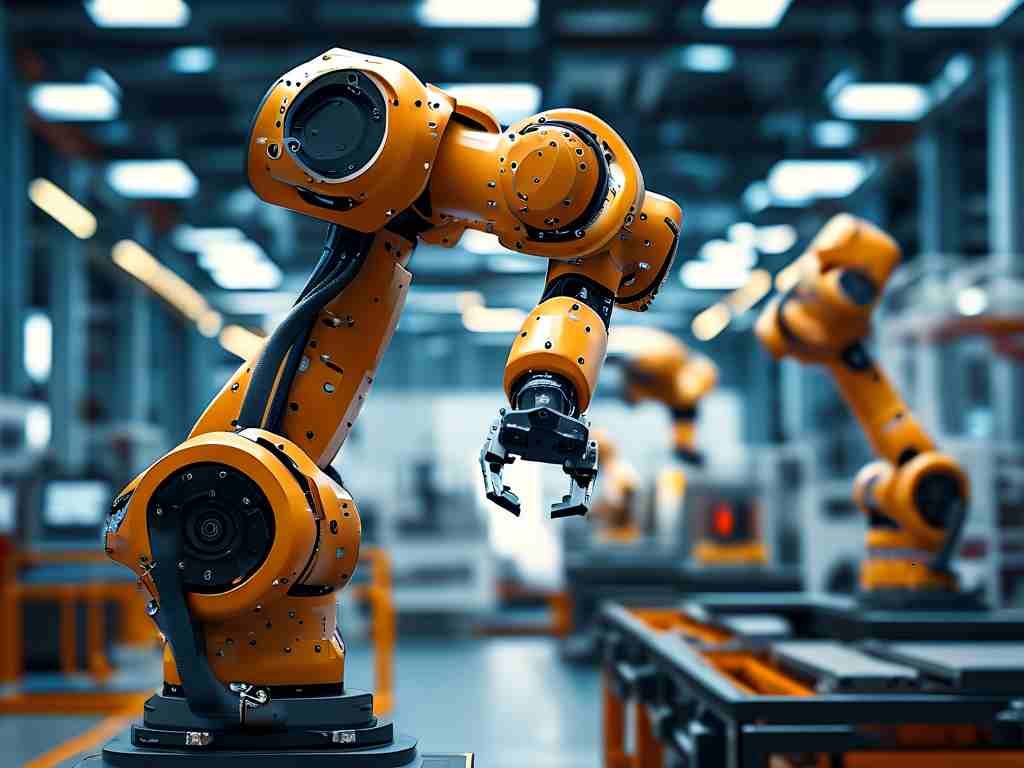The manufacturing landscape is undergoing a seismic shift, driven by robotic flexible assembly technology, which redefines how industries handle production lines. This innovative approach leverages adaptable robots to perform intricate assembly tasks with unprecedented agility, moving beyond rigid, fixed systems to embrace variability in product designs and volumes. As global markets demand faster customization and reduced waste, this technology emerges as a game-changer, enabling factories to pivot swiftly between different components without costly retooling. For instance, in automotive sectors, robots equipped with advanced sensors can seamlessly switch from assembling compact electric vehicles to larger SUVs within minutes, boosting efficiency by up to 40% compared to traditional methods. This adaptability stems from core elements like AI-driven control systems that analyze real-time data, ensuring precise part alignment and error detection—crucial for maintaining high-quality outputs in high-mix, low-volume environments.

One of the standout benefits of robotic flexible assembly is its profound impact on operational costs and sustainability. By minimizing human intervention in repetitive or hazardous tasks, companies slash labor expenses and enhance workplace safety, while also curbing material waste through optimized resource use. Consider the electronics industry, where robots handle delicate circuit board assemblies with micron-level accuracy, reducing defects by over 30% and extending product lifespans. This not only cuts down on e-waste but also aligns with circular economy goals, as fewer faulty items end up in landfills. However, implementing such systems isn't without hurdles; high initial investments in robotics hardware and software integration can deter small firms, and there's a steep learning curve for technicians to master programming languages like Python for customizing robot behaviors. To illustrate, a typical setup might involve coding snippets for motion planning, such as robot.arm.move_to(position, speed=0.5) to fine-tune trajectories, but this demands skilled personnel to avoid downtime from coding errors or system conflicts.
Looking ahead, the fusion of emerging technologies promises to amplify the capabilities of robotic flexible assembly. Artificial intelligence and machine learning algorithms are evolving to predict maintenance needs and self-optimize workflows, while collaborative robots (cobots) work safely alongside humans, enhancing flexibility in spaces like aerospace manufacturing. Here, cobots assist in assembling complex aircraft parts, learning from operator inputs to improve over time. Additionally, the rise of IoT connectivity allows for real-time monitoring across global supply chains, ensuring seamless coordination and rapid response to disruptions like material shortages. Despite challenges like cybersecurity risks and the need for standardized protocols, the future is bright, with experts predicting a 25% annual growth in adoption as costs decrease. Ultimately, this technology empowers industries to build smarter, more resilient operations, fostering innovation and economic growth in an era of rapid change. Embracing it today could redefine competitive edges for decades to come.

